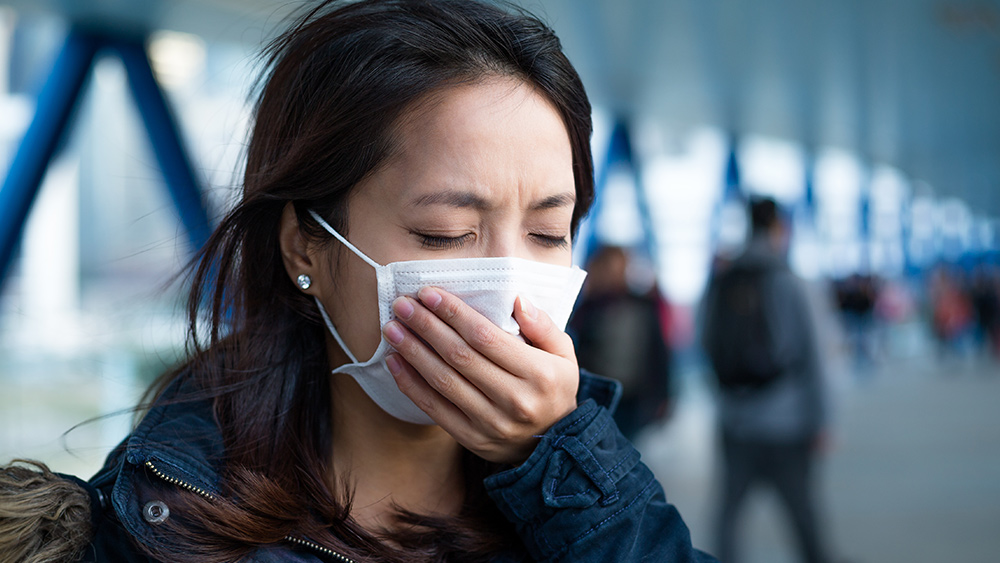
From what we're seeing, supplies of these first-line tools of protection even here in the United States are starting to dry up as people wake up and see the writing on the wall, which is telling them that this thing probably isn't going away anytime soon. And the more serious it gets, the quicker you're likely to see medical face masks disappear entirely, or get jacked up in price due to widespread scarcity.
The following do-it-yourself method comes from the University of Hong Kong – Shenzhen Hospital, which reportedly partnered with an entity called Science Park to develop a simple and effective way for ordinary people to help protect themselves against not just the Wuhan coronavirus (CoVid-19) but other respiratory "bugs" that enter and infect the body through the nose and mouth.
"I hope this can alleviate the public panic," says executive councilor and Elderly Commission chairman Dr. Lam Ching about these DIY protective face masks, which China especially is in desperate need of due to medical face mask shortages. "Scientific tests found these home-made masks can offer a certain extent of protection if one doesn't have a mask at home."
Dr. Lam notes that thousands of people in China, including vulnerable seniors, are having to line up for hours on end – and sometimes even camp out overnight – just for the chance to get their hands on one of the few medical face masks that remain.
"It's not good for elderly to take such risks as queuing for a mask in the early morning," he laments, further explaining how this dire situation drove him to seek out other options. After getting in touch with multiple local schools and talking to Professor Yuen Kwok-yung, Wuhan's top microbiologist who's trying to tackle the Wuhan coronavirus (CoVid-19) crisis, it was determined that the following method provides almost the same level of protection as commercial medical face masks.
According to Joe Fan King-man, the assistant hospital chief executive at the University of Hong Kong – Shenzhen Hospital, these homemade masks recently underwent laboratory testing at City University and were shown to be 80-90 percent as effective as their surgical masks in terms of their ability to filter out aerosols and droplets. However, because it's not the full 100 percent, Fan insists that they're not to be used as a permanent substitute.
"The homemade masks can only act as an alternative for those who don't have any gear but need to protect themselves from infection," he stresses. "They can never be a substitute or replacement for surgical masks."
Still, in the event of widespread shortages – which are sure to happen, by the way, and in some cases already are – having these on-hand is certainly better than nothing. Getting stuck with your pants down isn't an option, and we'd be doing our readers a disservice if we didn't share this pertinent information with you right away.
Even if you don't end up even needing to use them for this current outbreak, these homemade face masks will still serve you well as part of your preparedness and survival strategy because you'll have them readily available when a crisis hits. There's no such thing as being too prepared, after all. So, let's get started.
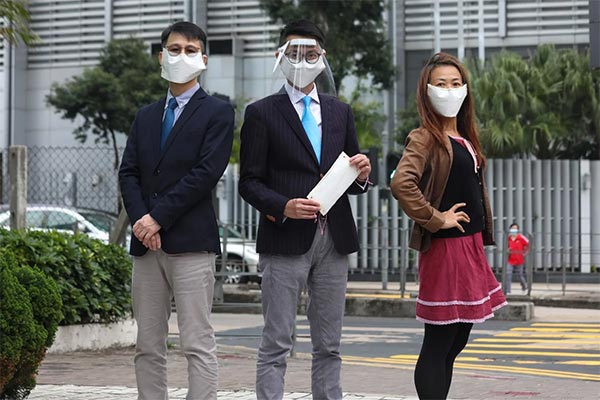

Here's what you'll need, as well as what to do with it
Before you read on any further, make sure you have at least one roll of hygiene-certified paper towels, heavy-duty tissue paper, elastic bands, a hole punch, paper tape, scissors, plastic-coated steel wire, a pair of glasses, plastic file folders, and binder clips, as pictured below:
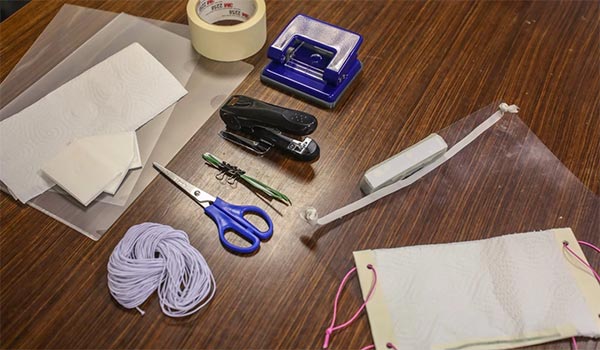
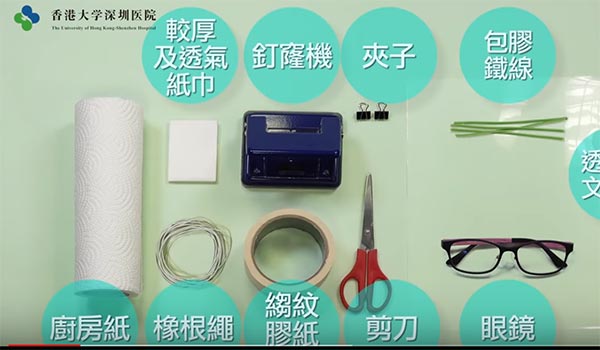
Once you have all of your supplies ready, follow these steps:
• Wash your hands thoroughly with hot water and soap, and clean all solid items.
• Place one sheet of paper towel on top of another.
• Place one piece of tissue paper, which will function as the bottom layer of the mask, on top of the two pieces of paper towel.
• Cut this entire stack of paper in half, making it two pieces.
• Use the paper tape to seal off the two sides of the mask.
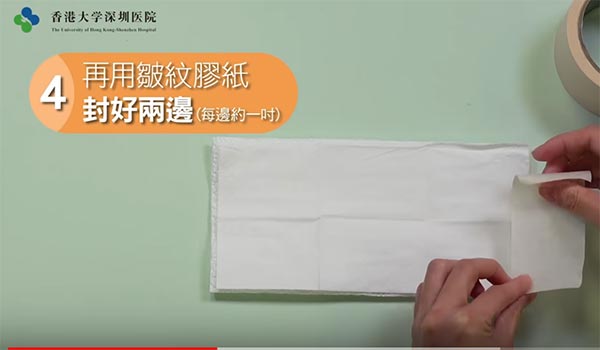
• Punch two holes at each sealed side of the mask with the hole punch.
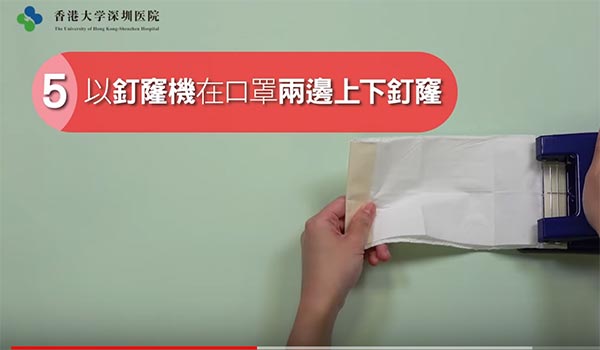
• Attach the metallic wire with paper tape to the top edge of the mask, forming a nose wire bridge.
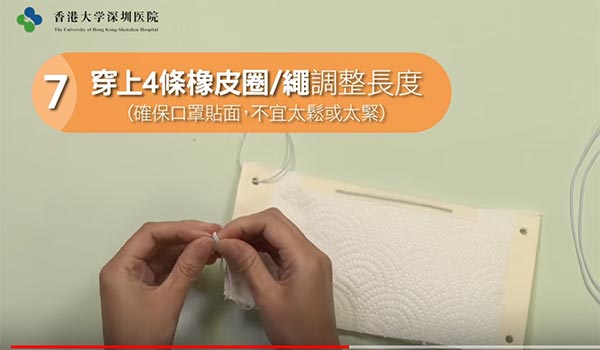
• Tie four elastic bands through the holes on each side of the mask.
Once you've completed this portion of the project, it's time to move on to making a protective shield for the front. For this, you'll need to:
• Cut the file folder into two pieces.
• Attach one piece on the edge of the glasses using the binder clips.
This protective shield can be reused over and over again, but just be sure to disinfect it after each use.
Another thing to keep in mind is that you'll need to use an actual plastic file folder, not cling film, air conditioner filter paper or cotton cloth, all of which were determined as part of university testing to be inadequate for providing true protection.
Our hope is that you'll take this all seriously and, at the very least, keep these things on-hand for your own protection in the unfortunate event that you actually need to use them. It's better to be safe than sorry, wouldn't you say?
You can learn so much more about the Wuhan coronavirus (CoVid-19), including how to protect yourself in other ways, by checking out The Health Ranger Report channel at Brighteon.com.
You can also keep up with the latest coronavirus news by visiting Outbreak.news.
Sources for this article include:
Please contact us for more information.






















